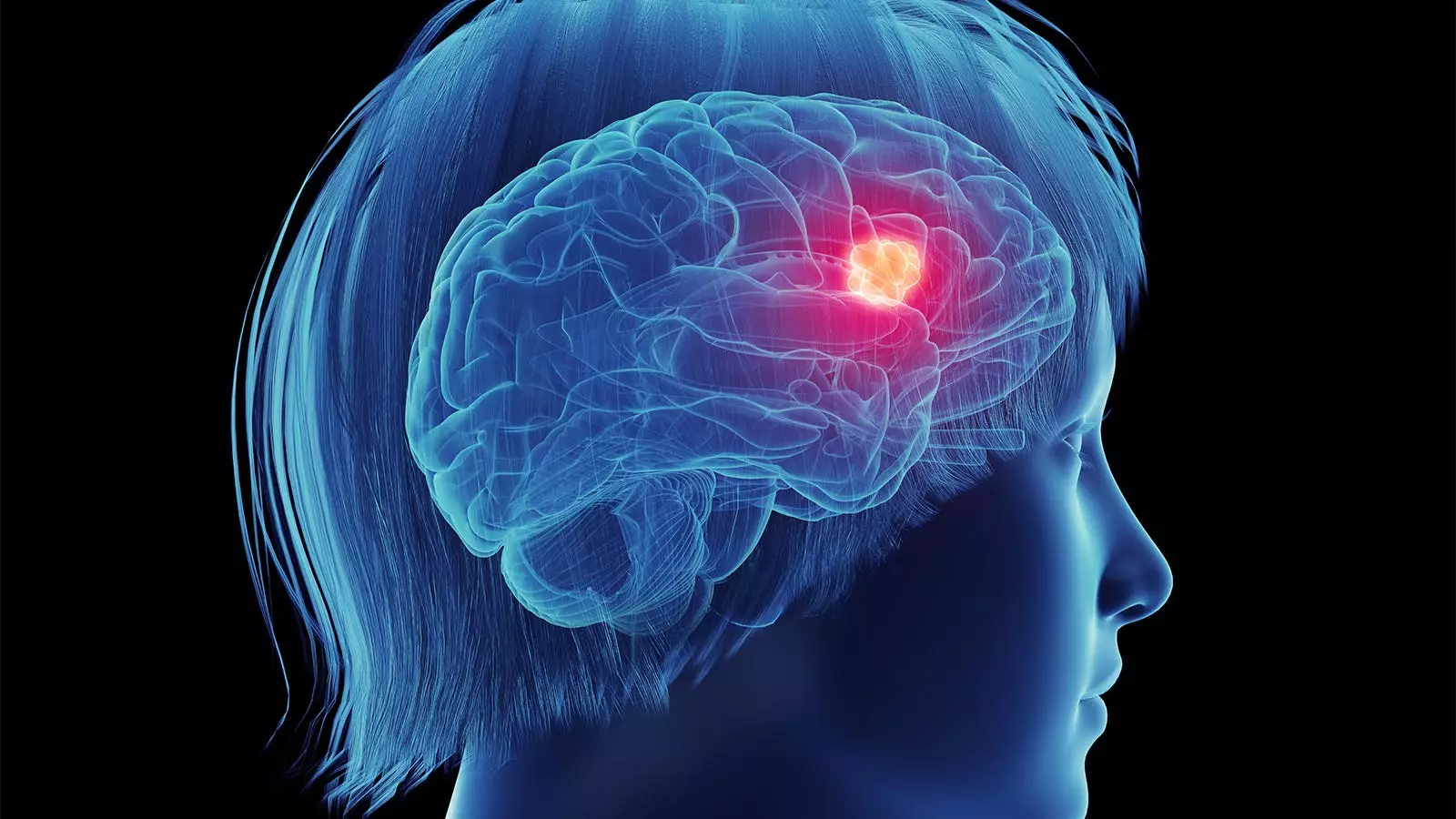A recent retrospective study has reignited the ongoing debate regarding postmenopausal hormone therapy (HT) and its connection to glioma risk in women. The findings suggest that there is no significant increase in glioma risk attributed to HT, despite a previous multitude of research yielding varied outcomes. With over 75,000 women analyzed, the study reported a non-significant 16% increase in hazard ratio for glioma risk among those who had used HT. The complexity surrounding hormone therapy’s effects, especially pertaining to gliomas, raises critical questions about sex disparities in incidence and the overall understanding of the disease itself.
Various studies leading up to this research have generated inconsistent results. While some retrospective case-control studies suggest an inverse correlation between HT use and glioma risk, prospective studies have, conversely, shown no substantial association. This dissonance highlights the methodological challenges that plague research in this field. Factors like recall bias, especially in retrospective analyses where participants must remember their HT usage, can skew results significantly, making it difficult to draw firm conclusions about the relationship between HT and glioma risk.
The study, led by Hui Tang and colleagues from North Sichuan Medical College, examined a range of demographic characteristics. Among the 50,019 women who reported using HT, 101 were diagnosed with glioma during the follow-up period of around 11.82 years. It is notable that the demographic breakdown included racial variation among the participants, yet the statistical analysis primarily categorized participants as white/non-Hispanic and others. The findings indicate an HR value of 1.04 (95% CI 0.69-1.58) for glioma risk when comparing HT users versus non-users, which is statistically insignificant. Moreover, even after controlling for various social and health factors, the analysis found only a slight increase in hazard (HR 1.16, 95% CI 0.75-1.81) that still lacked statistical relevance.
One significant observation was the isolated positive association of glioma risk noted among college-educated participants (HR 3.00, 95% CI 1.02-8.84), though this too lacked solid statistical backing when tested for interaction. This suggests that educational background could play a role in the variability of findings but brings to light a crucial gap in current literature; why does education interact differently with glioma risk in varying demographics?
Despite the current study’s findings, the consensus remains that we need further investigations. Stephanie Faubion, a prominent figure in the medical community, suggested shifting the focus away from the relationship between HT and gliomas due to the rarity of these tumors. As brain tumors like meningiomas, which are more prevalent in women, have yet to receive adequate investigation regarding hormone therapies, researchers might benefit by concentrating on more common conditions where hormone therapy’s effects could be better understood.
The argument for further research is compelling. While hormone therapy certainly presents various health implications, the lack of uniformity in current studies indicates a gap in the understanding of its mechanisms, particularly concerning brain health. As Faubion aptly pointed out, we must delve deeper into sex-based differences that seem to influence disease prevalence. Understanding why certain conditions, such as migraines and some tumors, are more common in women necessitates a broader exploration of biological and environmental factors beyond estrogen alone.
The findings of Tang and colleagues reinforce an essential point: hormone therapy and its effects on glioma risk remain uncertain at best. What emerges is a clear need for comprehensive studies that not only increase sample sizes and extend follow-up periods but also account for the diverse components of HT utilized across different cohorts. Investigating the cumulative duration of HT usage could unveil correlations that existing studies have yet to reveal.
As we stand at this juncture, society must not only seek clarity on the relationship between hormone therapy and glioma but must also embrace a holistic understanding of health that considers sex-based differences in disease manifestation. It is through this commitment to pursuing nuanced research that healthcare can evolve, tailored not merely to individual treatments but to the complex interplays that define women’s health. In seeking answers in this domain, we may ultimately glean insights that enhance health outcomes for all genders.

Leave a Reply